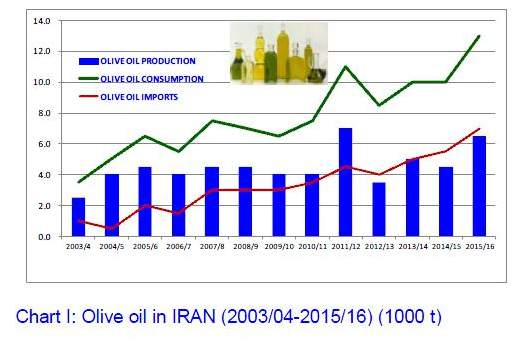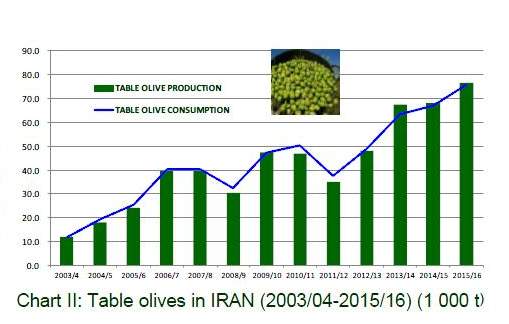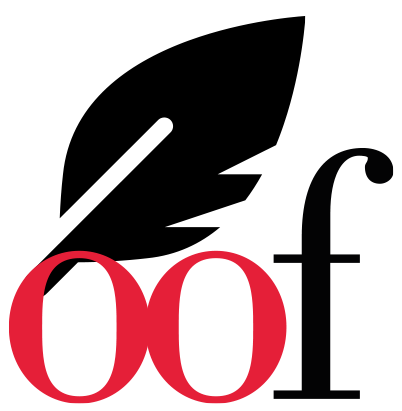Olive growing in Iran
This month we will be focusing on olive cultivation in Iran, a country that is a Member of the International Olive Council since January 2004 and which will be hosting the 47th meeting of the IOC Advisory Committee on Olive Oil and Table Olives and a regional seminar on quality, marketing and biodiversity, both scheduled to take place in Tehran on 16 and 17 May 2016

Iran shares many geographical features and historical roots with the Mediterranean countries, which are home to the major known cultivars of olive. Lying on the edges of the Eastern Mediterranean, it is the cradle of ancient civilisations and the possible birthplace of the olive tree. Much uncertainty surrounds the early history of olive growing in Iran although the olive tree is mentioned in ancient Iranian religious hymns dating back two thousand years ago.
The bulk of Iran’s varietal heritage is to be found in the valley of Sefi-Rud, Tarom and Manjil, some 60–70 km away from the shores of the Caspian Sea. Olive cultivars are distributed across the provinces of Gilan, Zanjan and Golestan in the North and Khozestan and Fars in the South. Some parts of Gilan (Loshan, Manjil, Rodbar, Aliabad, Jodaky, Vakhman, Bahramabad, Kalashtar, Koshk, Rostamabad, and Ganjeh) are the most important olive producing areas in the country. Most of the olives grown in Iran belong to 10 traditional cultivars: Mari, Zard, Rowghani, Gelooleh, Shengeh, Khormazeitoon, Khara, Dakal, Dezful and Fishomi.
The predominant climate is continental with cold winters and hot dry summers. On the plateau, the climate is arid and rainfall is less than 250 mm per year. Tehran, at the foot of the southern slopes of the Elburz Mountains, receives only 230 mm of precipitation whereas the coastline of the Caspian Sea receives more than 1 000 mm. The land is often cultivated on both mountainous terrain and elevations between 100 and 150 m above sea level.
Nowadays, around 36 000 agricultural holdings in Iran grow over 88 000 ha of olive orchards, 70 pc of which are farmed for table olives and 30 pc for olive oil. Ninety-one per cent of the total area under olives is irrigated while the rest is rainfed. In recent times, olive crop area has decreased on two occasions due to adverse weather conditions, the first time in 2011 when it fell from 104 000 to 100 000 ha and the second in 2014 when it dropped from 105 000 ha to 82 000 ha. The plans for the next two years are for orchards to expand to more than 100 000 ha by 2018. Olive growing is an important source of employment in Iran, generating 9 000 000 workdays in the 2014/15 season. Of these, 30 000 were in the olive oil and table olive industries.
Iran’s processing sector has been modernised in recent years, as can be seen from the statistics which speak for themselves. According to the figures available, in 2011 there were 49 olive oil mills, of which 31 were modern two- or three-phase facilities. Nowadays, there are 74 mills, 73 of which are modern plants; only one operates with presses or superpresses. The number of table olive processing plants has also increased, going up from 30 in 2011 to 200 at present.

Although it oscillates from one crop year to the next, olive oil production in Iran expanded by 160 pc during the period reported in Chart I, rising from 2 500 t in 2003/04 to 6 500 t in 2015/16.
Over the last six seasons, production has averaged 5 000 t per year while consumption has been double that figure (10 000 t). The difference is met through imports, largely from Turkey, Syria, Spain and Italy.

Table olive production has increased more than olive oil output during the reporting period (Chart II), rising by 64 500 t from 12 000 t in 2003/04 to 76 500 t in 2015/16. Consumption keeps in step with output since all the table olives produced go for local consumption.
To comment you have to register
If you're already registered you can click here to access your account
or click here to create a new account


Comment this news